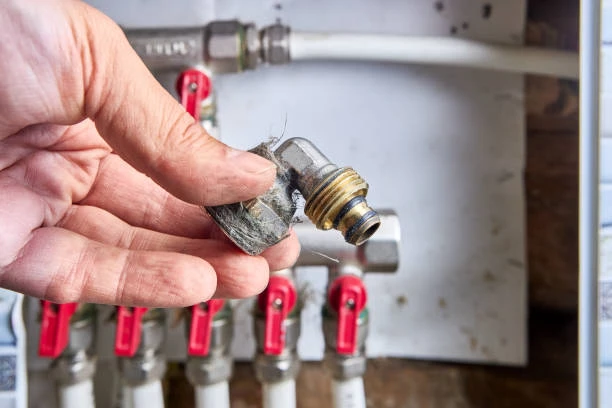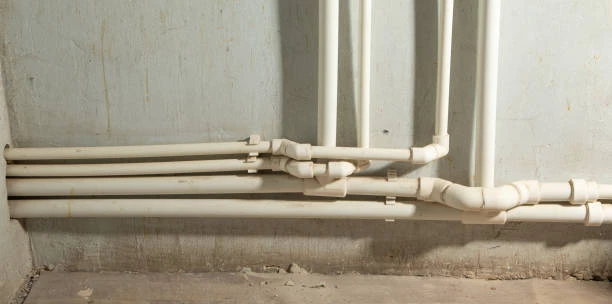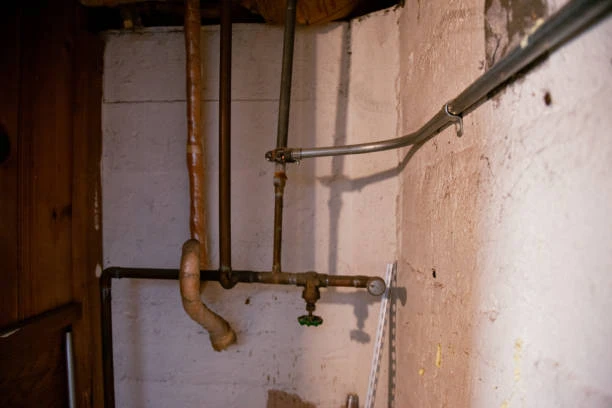Flanges are critical components in PPR (Polypropylene Random Copolymer) plumbing systems, providing secure and reliable connections between pipes, valves, and equipment. These fittings are widely used in residential, commercial, and industrial applications due to their durability, versatility, and ease of installation. This guide explores the types, functions, applications, installation processes, and maintenance of PPR flanges, offering a comprehensive overview for professionals and DIY enthusiasts.
What are PPR Flanges?
PPR flanges are connecting components designed to join PPR pipes to other pipes, valves, or equipment. Manufacturers produce these flanges from high-quality polypropylene, ensuring resistance to corrosion, chemicals, and high temperatures. PPR flanges come in various types, such as slip-on, threaded, and weld neck, catering to different connection requirements. They provide a leak-proof and durable connection, making them ideal for both low and high-pressure systems. These flanges are essential for creating efficient and reliable plumbing networks.
Types of PPR Flanges
PPR flanges are available in several types, each suited for specific applications. Slip-on flanges slide over the pipe and are welded in place, offering a simple and cost-effective solution. Threaded flanges feature internal threads, allowing them to connect to external threads without welding. Weld neck flanges are designed for high-pressure systems, providing a strong and secure connection. Blind flanges are used to seal the ends of pipes, preventing fluid flow. Understanding these types helps in selecting the right flange for your system.
Applications of PPR Flanges
PPR flanges are widely used in various plumbing and industrial applications. In residential systems, they connect water supply lines to pumps, valves, or fixtures. Industrial applications include chemical processing plants, where they handle corrosive fluids and high-pressure systems. Heating and cooling systems benefit from their ability to withstand high temperatures and pressure. Irrigation systems use PPR flanges for efficient water distribution. Their versatility makes them indispensable in diverse environments, from small household projects to large-scale industrial installations.
Installation of PPR Flanges
Installing PPR flanges requires precision, the right tools, and proper techniques. Begin by cutting the PPR pipe to the desired length using a PPR pipe cutter, ensuring the cut is clean and straight. Mark the insertion depth on the pipe to guide the welding process. Use a welding machine specifically designed for PPR pipes to heat the pipe end and the flange simultaneously. Once heated, quickly join the parts and hold them firmly in place for a few seconds to ensure a secure bond. Allow the connection to cool completely before testing for leaks. Proper installation ensures a tight seal and long-lasting performance.
Advantages of Using PPR Flanges
PPR flanges offer several benefits over traditional metal flanges. They resist corrosion, ensuring long-term durability in harsh environments. The material withstands high temperatures, making them suitable for hot water and steam systems. PPR flanges are lightweight and easy to handle, reducing installation time and effort. Their design ensures a tight seal, preventing leaks and maintaining system efficiency. These features make PPR flanges a cost-effective and reliable solution for many applications.
Maintenance and Troubleshooting
Regular maintenance ensures the longevity and efficiency of PPR flanges in your plumbing system. Periodically inspect the flanges for signs of wear, cracks, or damage, especially in high-pressure or high-temperature areas. If you notice leaks or loose connections, reheat and reseal the fitting using a welding machine. Always use genuine PPR flanges to maintain system integrity and avoid failures. Avoid exposing the flanges to extreme temperatures or chemicals beyond their rated capacity, as this can compromise their performance. By following proper maintenance practices and addressing issues promptly, you can prevent costly repairs and ensure uninterrupted system operation.
In conclusion, PPR flanges are vital components in modern plumbing systems, offering reliable and durable connections for a wide range of applications. Their types, functions, and versatility make them a preferred choice for professionals and DIY enthusiasts alike. By understanding their uses, following proper installation techniques, and performing regular maintenance, you can ensure a durable, efficient, and leak-free plumbing system. Always prioritize quality materials and tools to achieve the best results and maximize the lifespan of your PPR piping network.
IFAN Products international standards
PPR (Polypropylene Random Copolymer) piping systems comply with several international standards to ensure high quality, durability, and performance in plumbing applications. These include ISO 15874 Series and EN 15874 Series, which define requirements for hot and cold water PPR piping systems in residential and commercial applications. ASTM F2389 establishes performance specifications for thermoplastic pressure piping systems, while DIN 8077/8078 regulates dimensions, tolerances, and mechanical properties for PPR pipes. GB/T 18742 Series ensures compliance with Chinese national standards for water supply applications, and NBR 15884 governs PPR piping systems in Brazil. These certifications confirm that PPR pipes and fittings meet stringent industry requirements for safety, pressure resistance, and thermal stability.
Connect
IFAN is a Chinese manufacturer of plastic pipes, fittings and valves with 30 years of experience. If you are interest in IFAN copper fittings, copper valves, plastic pipes and fittings, please contact us. IFAN offers you a variety of standard pipes to meet your specific needs. Click below to learn more about IFAN’s wide range of affordable and cost-effective valve products and piping system related products.
We will reply your email or fax within 24 hours.
You can call us at any time if there is any question on our production.
For more information,pls visit our webside https://waterpipefitting.com/
Pls Mailto: [email protected]
Whatsapp: +8615088288323














Recent Comments